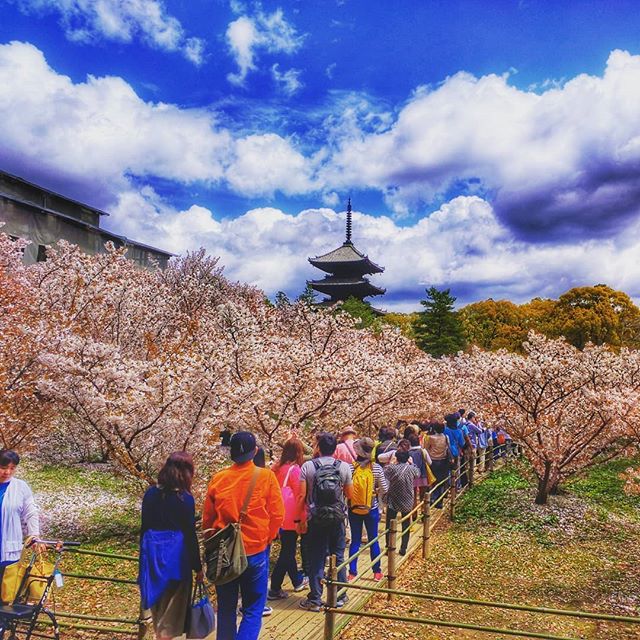The Japanese are concerned about air quality, but for many of them, these masks are more about protecting YOU from THEIR germs!
If a Japanese person has the sniffles and thinks they might be contagious, they’ll put on a mask so as not to spread their germs. They’re concerned about exhaling bad air! That’s why you’ll see an uneven mix of mask-wearers within one family. One child might be sick, so that child wears a mask, but the rest of the family doesn’t. It makes sense that you’ll see a lot of people wearing these masks on an airplane, doesn’t it? You’re stuck in a confined, windowless germ-filled space for several hours! Of course they want to take precautions against spreading and being exposed to germs! After you leave the plane, you will see that it doesn’t matter who you are—a fancy businessperson, a child, a shop clerk, a Harajuku girl dressed up as a cupcake— everyone wears these masks!
And yes, this goes for you too! It probably comes as no surprise that in a culture this polite, blowing/wiping your nose or displaying any sign that you might not be completely healthy in a public place is considered extremely rude and inconsiderate. If you have a case of the sniffles while you are traveling, it is expected that you wear a mask in public places. From what I’ve heard, breathing the warm air of your own breath all day is actually very soothing as you’re healing!

